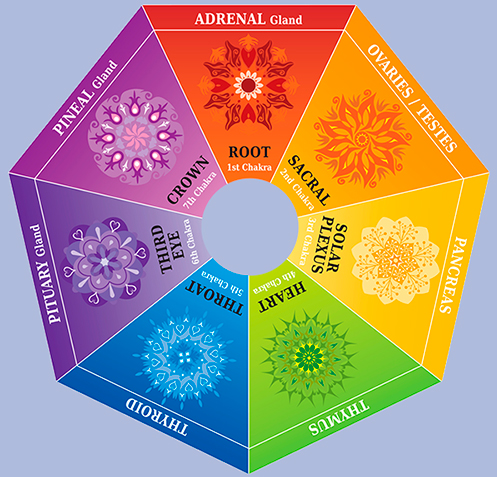In our modern, hectic world, our busy schedules seem tailor-made for stress and anxiety. Meditation has gained traction in recent years as a way to manage this stress and promote self-awareness.
Every community across the planet practices some form of meditation, and never has this been more relevant than in today’s frantic world. Meditation assists us in discovering a sense of calmness and inner harmony to cope with the pressures of everyday life.
The practice of meditation is less about the faith we follow and more about becoming mindful, focused, and peaceful. It helps us get more in tune with our thoughts, words, and actions while making us more aware of how our choices affect others.
Just as there are many different reasons why people meditate, there are also many different kinds of meditations. Learning about them can help us make the right decision.
Transcendental Meditation
Transcendental meditation encompasses soundlessly repeating a mantra for 15–20 minutes a day and is typically done sitting with the eyes closed. The mantra helps the mind settle down and is usually an indecipherable sound, unlike other types of meditation that use words, phrases, or visualisations. By focusing exclusively on your mantra, you aim to achieve a state of perfect stillness and consciousness.
Guided Meditation
In a guided meditation, a state of deep concentration is invoked and led by a narrator or teacher who takes you through a string of mental images. The sequence can be as short as a few minutes or as long as a few hours, with the objective being to achieve mental, emotional and physical healing and stress relief.

Mindfulness Meditation
Mindfulness means being entirely focused on the present moment so you can acknowledge and accept your thoughts, feelings, and sensations without judgment. Mindfulness meditation is also a mental practise that trains you to slow your racing mind, let go of negativity, and bring both your mind and body to a state of tranquillity. Find a comfy seat, focus your attention on your breathing, and when your attention wanders, return.
Also Read: What is a Life of Luxury in the New Normal
Chakra Meditation
A Sanskrit term, Chakras are the concentrated energy centres of the body in the form of spinning wheels of energy and light. Chakras are responsible for taking in, integrating and emanating energy to keep us functioning at our best.
It is said that keeping the chakras in balance helps to maintain mental and physical wellbeing. And through chakra meditation (a specialised form of meditation that targets blocked chakras), you can improve the balance of your key chakras and bring your health and mental attitude into a more peaceful state. With proper chakra meditation, you can cleanse, clear, and balance your chakras.

Visualisation Meditation
Visualisation is a technique that allows you to experience the feelings associated with achieving a future goal. It’s similar to guided meditation because it’s rooted in visual images and other sensory experiences, and is achieved by picturing positive images, ideas, symbols, or using affirmations and mantras to help calm the mind while the body is in a relaxed state.
Feature Image Credit: Pinterest
- Britain Set to Release the First Approved COVID-19 Vaccine in Coming Weeks - 6th December 2020
- 11 Most Cinematic Couples to Ever Grace the Silver Screen - 18th November 2020
- Iconic Brands That Have Prospered for Over 100 Years - 16th November 2020






